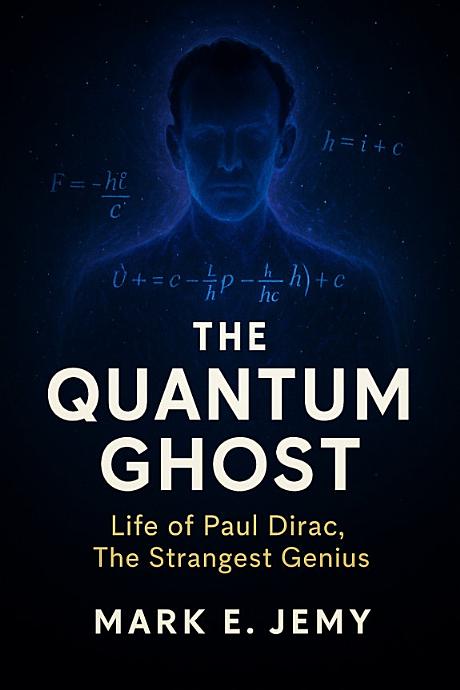The Quantum Ghost: Life of Paul Dirac, The Strangest Genius
The Quantum Ghost: Life of Paul Dirac, The Strangest Genius
Paul Dirac, a name synonymous with quantum mechanics, remains one of the most intriguing figures in the history of science. Known for his reserved nature and profound intellect, Dirac's contributions to physics are monumental. His work on the Dirac Equation and antimatter has paved the way for countless advancements, yet his life outside the equations was equally compelling.
Early Life and Education
Born in 1902 in Bristol, England, Dirac's early life was marked by a strict upbringing. His father, a Swiss immigrant, imposed rigorous educational standards, fostering Dirac's precision in thought and expression. He later attended the University of Bristol, where his fascination with mathematics and physics flourished.
Contributions to Quantum Mechanics
Dirac's journey into the world of quantum mechanics began in earnest during his time at Cambridge University. Here, he developed the Dirac Equation, which elegantly unifies quantum mechanics and special relativity. This groundbreaking work predicted the existence of antimatter, a discovery that earned him a Nobel Prize in 1933, shared with Erwin Schrödinger.
- Dirac Equation
- Quantum Mechanics and Relativity
- Nobel Prize in Physics
The Enigma of Dirac
Despite his scientific achievements, Dirac was known for his reticence and peculiar personality. His colleagues often described him as a man of few words, yet his thoughts resonated with depth and clarity. His unique perspective was both his strength and his mystery.
Legacy and Impact
Dirac's influence extends beyond his scientific contributions. His ability to see the universe through a different lens challenges us to rethink our understanding of reality. Today, his work continues to inspire new generations of physicists, reminding us of the power of curiosity and intellect.
This work examines the invisible frameworks behind human reasoning — how emotion, perception, and memory form a complex network of ideas that shape our daily behavior. By drawing on modern psychology, the book reveals why we cling to certain patterns of thought and how awareness can shift them.
The result is not just a collection of ideas, but a living dialogue that invites participation, self-inquiry, and perspective.
Ultimately, this book leaves the reader with a sense of clarity and curiosity — a reminder that understanding begins when we dare to question what we think we already know.

